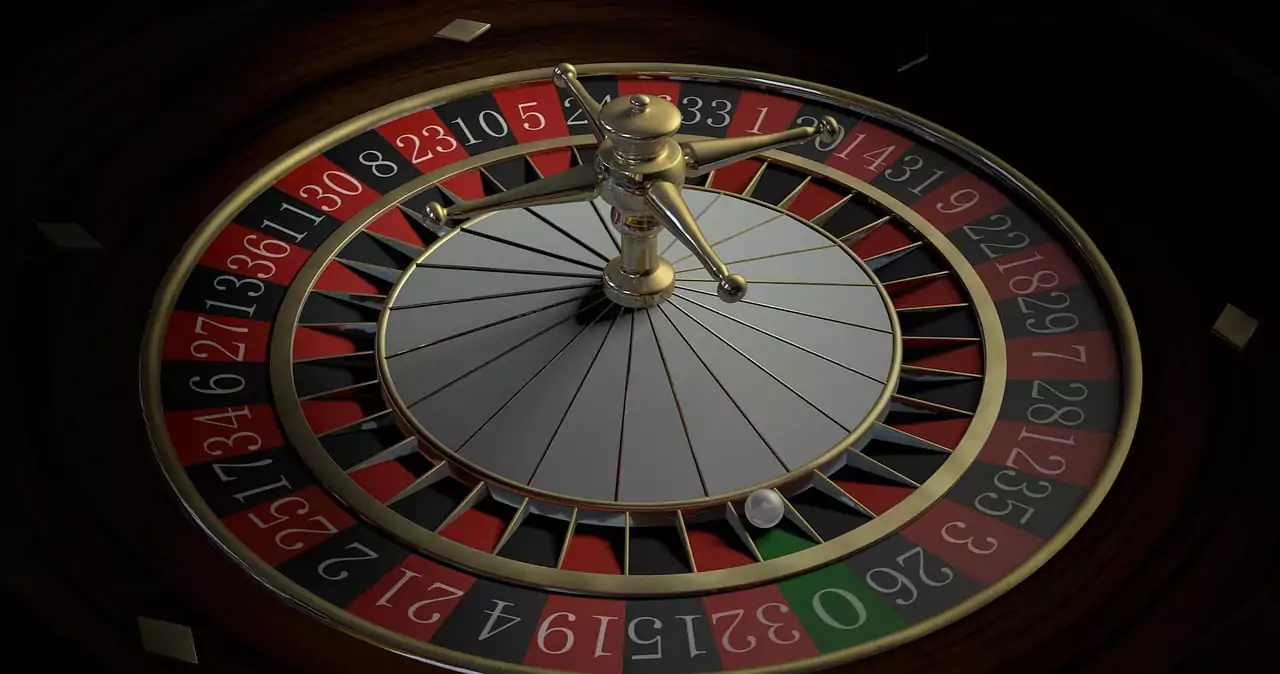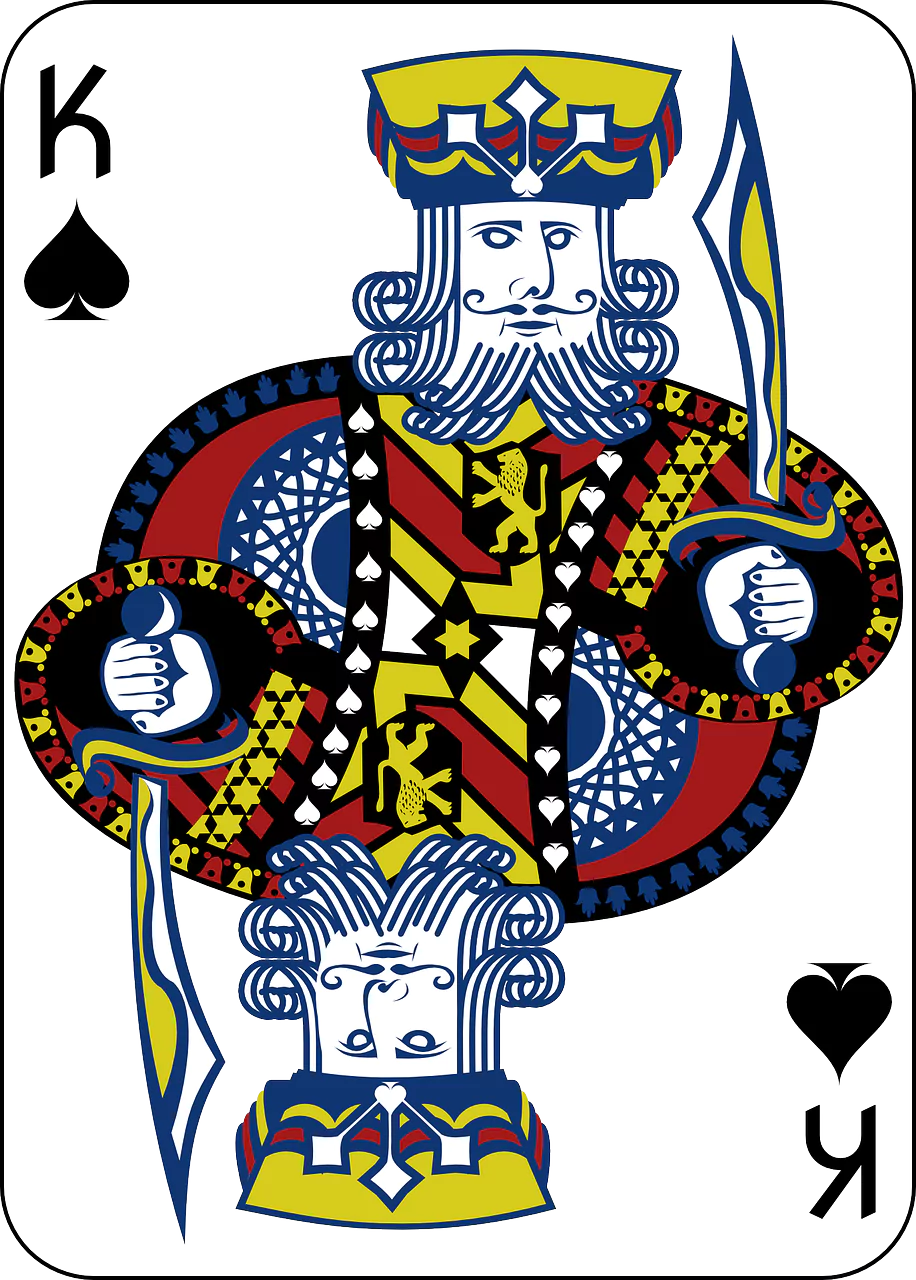In the unpredictable theater of poker, where every hand is a narrative waiting to unfold, few moments stir the soul of players and spectators alike like the revelation of pocket aces. Deemed the “bullets” or “American Airlines,” pocket aces represent not just a pair of cards but a gateway to strategic richness and potential triumph. Join us as we embark on a journey into the intricate world of pocket aces, exploring their rarity, the psychological impact they carry, and the strategic decisions players must make to harness their regal power.
The Royal Arrival: Unveiling Pocket Aces
In the realm of poker hands, pocket aces reign supreme, standing as the undisputed kings of starting hands. Consisting of two aces—the highest-ranking cards in the deck—pocket aces wield an inherent strength that immediately distinguishes them from the rest. As the dealer distributes the cards and those two aces grace a player’s hand, a palpable shift occurs at the table—a shift laden with potential and the promise of strategic brilliance.
The Rarity Factor: Aces in the Hole
Within the 52-card deck, the statistical odds of being dealt pocket aces are a mere 0.45%. Their scarcity elevates the moment of their appearance to a rare and precious event, sparking anticipation and excitement. The revelation of pocket aces is not just a stroke of luck; it’s an invitation to weave a strategic symphony.
Psychological Impact: The Aces Aura
Beyond their numerical rarity, pocket aces carry a psychological weight that transcends the tangible cards. The mere sight of those two aces can evoke a range of reactions—confidence, excitement, or, in the case of opponents, a subtle undercurrent of concern. The aces aura has the power to shape the narrative of an entire poker session, influencing decisions and dynamics at the table.
Strategic Considerations: Navigating the Aces Minefield
While holding pocket aces is undeniably powerful, their potential success is not guaranteed. Skillful navigation through subsequent betting rounds is imperative, requiring players to balance aggression with subtlety to extract maximum value without revealing the strength of their hand too early.
Pre-Flop Majesty: The journey begins during the pre-flop stage, where players holding pocket aces face a crucial decision. Some opt for an aggressive approach, raising the stakes to narrow the field and build a substantial pot. Others adopt a more measured strategy, luring opponents into the fray and setting the stage for a strategic dance.
Reading Opponents: The strength of pocket aces lies not just in the cards but in the ability to decipher opponents. Observing betting patterns, analyzing playing styles, and identifying potential threats become pivotal in maximizing the advantage that pocket aces bring to the table.
Post-Flop Prowess: As community cards unfold post-flop, the dynamics shift, and players must adapt. Skilled post-flop play with pocket aces involves assessing the evolving tableau, deciphering opponents’ reactions, and adjusting strategies accordingly.
Potential Threats: Navigating the Aces Minefield
Despite their regal status, pocket aces are not immune to the strategic maneuvers of opponents. Savvy adversaries may employ tactics to counter the perceived strength of aces, and players must remain vigilant against potential pitfalls.
The Art of Deception: Opponents may attempt to deceive players holding pocket aces by presenting false signals of strength or weakness. Recognizing deceptive plays and adjusting strategies accordingly is crucial to avoid falling into well-laid traps.
The Unseen Danger: Community cards that appear innocuous can transform into unseen dangers capable of undermining the supremacy of pocket aces. Understanding the potential for hidden straights, flushes, or full houses is essential to avoiding unexpected setbacks.
Overplaying vs. Underplaying: Striking the right balance between overplaying and underplaying pocket aces is an ongoing challenge. Overwhelming aggression may scare away potential opponents, limiting potential winnings, while a too-subtle approach risks falling victim to surprise hands that exploit perceived weaknesses.
The Mythical Dilemma: To Slow-Play or Aggressively Pursue?
One of poker’s perpetual debates revolves around the optimal strategy for playing pocket aces—slow-playing versus aggressive pursuit. Each approach carries its merits and risks, adding layers of complexity to the decision-making process.
Slow-Play Wisdom: Advocates of the slow-play strategy argue for a more measured approach, aiming to lull opponents into the pot by appearing less threatening. This method may encourage opponents to invest more chips, creating a larger pot for the player with pocket aces to capitalize on.
Aggressive Pursuit Mastery: Proponents of an aggressive pursuit strategy advocate for immediate and substantial bets to thin the field and build a pot swiftly. This approach aims to extract maximum value from the strength of pocket aces and reduce the potential for surprises post-flop.
Pocket Aces in Tournament Play: A Blessing or a Curse?
In tournament settings, where the stakes are higher and survival is paramount, pocket aces take on heightened significance. The decision to push all-in or exercise caution can shape a player’s tournament fate. The allure of accumulating chips versus the risk of early elimination creates a high-stakes scenario demanding careful consideration.
The Digital Frontier: Navigating Pocket Aces Online
In the digital realm of online poker, pocket aces maintain their iconic status. The absence of physical tells requires players to rely on betting patterns, timing, and statistical analysis to gauge opponents’ reactions to pocket aces.
Conclusion: The Strategic Overture of Pocket Aces
Pocket aces stand as the undisputed royalty of poker hands, symbolizing not just strength but the potential for strategic mastery. Beyond their statistical rarity and the psychological impact they carry, the true magic of pocket aces lies in the strategic journey that unfolds after their revelation. Successfully playing this royal pair demands more than luck; it requires a delicate balance of aggression, deception, and adaptability. As the cards are dealt, and pocket aces make their regal entrance, players have the opportunity to compose a strategic symphony that resonates with the essence of poker—a dance of skill, psychology, and the thrill of the unknown. In the hands of those fortunate enough to hold pocket aces, the strategic overture continues, weaving an intricate narrative that captivates players at tables worldwide.


